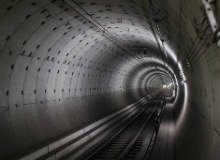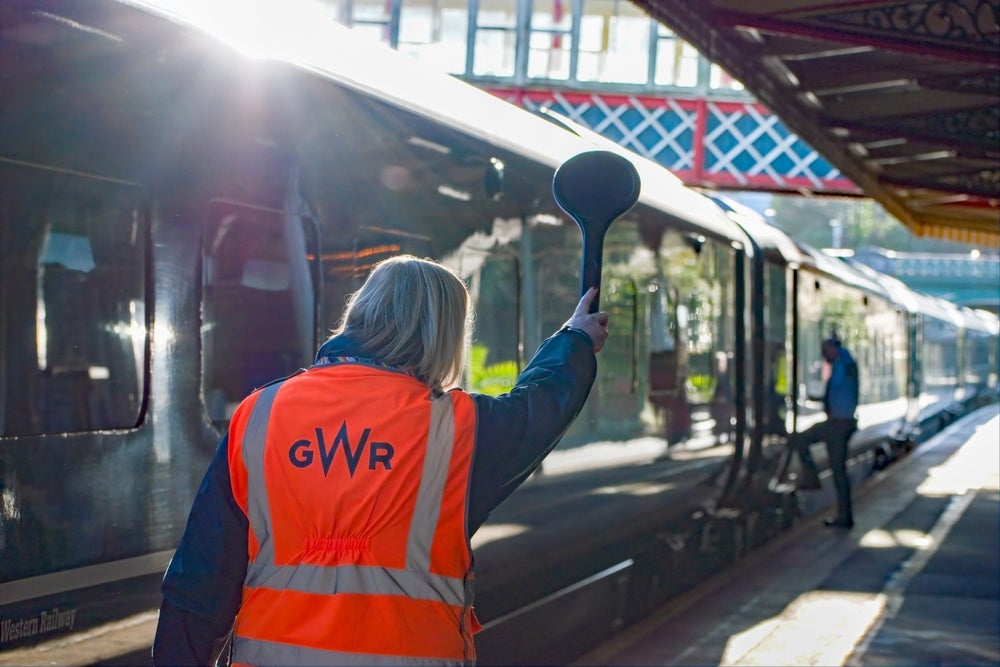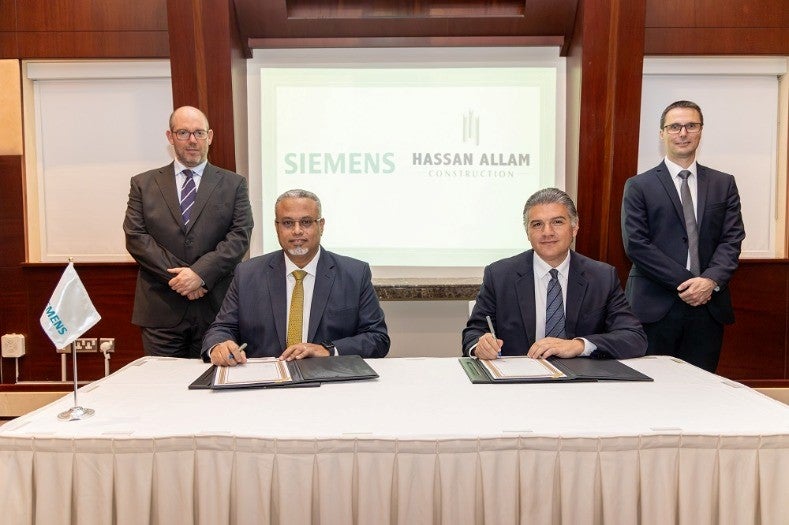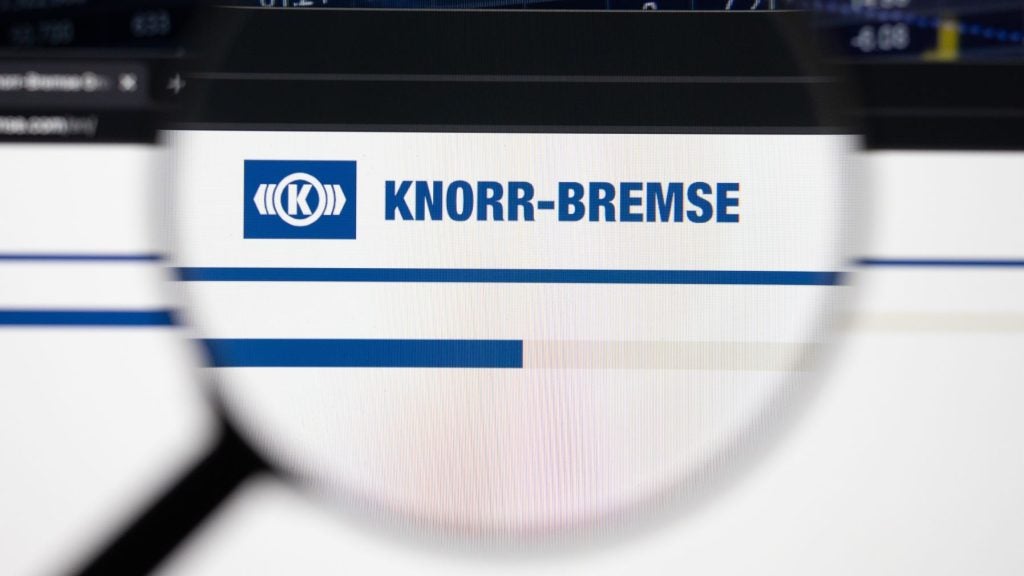
An undersea rail tunnel linking Helsinki and Tallinn has been on the cards for almost a decade, with multiple studies assessing its potential for socio-economic development for the two capital cities.
This vision moved one step closer to reality in January 2016 when the Finnish and Estonian ministers signed a memorandum of understanding (MOU) binding the two partner states to further investigate the viability and economic impact of the tunnel’s delivery.
According to a pre-feasibility study financed by European Union EUBSR Seed Money Facility published in February 2015, the project is already a strong contender for success. If constructed, the tunnel will be one of the longest underwater railway tunnels ever built and it will directly serve over four million people living in a 200km radius of both Helsinki and Tallinn. It will also carry about half of future cargo traffic in the area.
Promising improved accessibility and reduced commuting times via links to a wide-spanning network of transport modes, the tunnel is expected to rack up to 25,000 daily commuter trips in the first ten years after its opening. The revenue generated by passenger traffic would amount to €67bn by 2080.
Adding to its potential, the tunnel would also be connected with a planned €3.6bn Rail Baltica high-speed train line which is supposed to link Finland, the Baltic States and Poland and improve the connection between Central and Northern Europe.
While further assessments are in the pipeline, early evaluations hint at how the ambitious project could be built, financed and just how much it would change both passenger and cargo transportation in Northern Europe.
How well do you really know your competitors?
Access the most comprehensive Company Profiles on the market, powered by GlobalData. Save hours of research. Gain competitive edge.

Thank you!
Your download email will arrive shortly
Not ready to buy yet? Download a free sample
We are confident about the unique quality of our Company Profiles. However, we want you to make the most beneficial decision for your business, so we offer a free sample that you can download by submitting the below form
By GlobalDataThe key infrastructure details
Finland and Estonia’s economies are tightly interconnected, forming a hub of trade, tourism and diverse economic activity that holds every promise of growth in the decades to come. The 50-mile underwater railway aims to boost trade and further increase the gross domestic product (GDP) of the two countries.
The pre-feasibility study TALSINKIFIX recommends the construction of a railway tunnel with two separate rock tunnels. Inside, trains could reach speeds of 250km/h, significantly cutting the commuting time from the current two and a half hours by ferry down to only 30 minutes per journey.
A European-standard track width would to be used in order to establish an easy link with Rail Baltica. To achieve the required speed, the rolling stock of tunnel transportation would be of speed shuttle type, with a basic unit comprised of two locomotives and eight carriages, plus other possible loading and unloading carriages.
The tunnel will be able to host both high-speed trains carrying 800 passengers each and cargo trains with a total capacity of 96 units/TEU.
Construction of the tunnel could start anytime between 2025 and 2030, with work lasting between eight to ten years, while the total cost of the project is estimated to be between €9bn and €13bn.
The railway would be integrated into the local public transport systems of both countries, with intermodal links to Finland’s Central Railway station and Helsinki airport and Estonia’s traffic network at Ülemiste.
An uncertain financing model
The study warns that the project will not be sustainable without considerable support from the public sector. In order for it to become a reality in the first place, funding in proportion of 30-40% would be required from the state budgets of Estonia and Finland, as well as from the EU budget.
In keeping with similar projects in the Nordic region, multilateral financing institutions, such as the European Investment Bank and the Nordic Investment Bank, were identified as potential sources of debt funding.
However its location as a fast cross-border link between two of Europe’s strongest economies make it an attractive option for EU investment.
The Helsinki-Tallinn growth zone is part of the Trans-European transport network supported by the EU. Given that the railway aims to close an 80km gap traversable only by ferry, it falls within one of the key priority areas of the EU New Transportation Infrastructure Policy, which specifies: “Missing links, in particular at cross-border sections, are the major obstacle to the free movement of goods and passengers within and between the Member States and with its neighbours.”
Despite this, the EU financing for the project at its different stages will undoubtedly be a big risk, the study warns.
This is because TALSINKIFIX faces strong competition from Rail Baltica, the most important project within North Sea Baltic Sea corridor and one set to attract the lion’s share of the €26bn EU budget between 2014 and 2020.
“The risk that the project would not be among the priorities of the EU should be taken into account,” the report reads. “TALSINKI is linked to the implementation of the Rail Baltica project. There are risks that Rail Baltica does not involve. Lithuania, Latvia and Estonia are hesitating, because the intended grant from the EU is not at the desirable level.”
The possibility of organizing the construction, funding and operating of the tunnel through a corporation-based model is also to be explored. Once operational, income from the tunnel could cover the operating and maintenance costs as well as part of the investment costs.
The socio-economic impact on Northern Europe
The decisive factor in the tunnel’s construction is its projected ability not only to serve, but also boost economic activity within the Nordic region.
Primed to become one of the significant centres in Northern Europe, the Tallinn-Helsinki region houses more than 2.5 million inhabitants and sees over 7.5 million passengers travel annually by ferry between the two capitals, both for business or tourism purposes. The total volume of passengers between the two cities is expected to reach 41 million by 2080.
Although the railway will elevate transportation within both states, it will “almost exclusively have an impact on Finland”, due to country’s better connections to the central, eastern and southern Europe.
While transport via the new link is expected to bring a 1-3% increase to Finland’s GDP within the first 20 years in operation, Estonia, Latvia and Lithuania do not benefit as much, with up to 0.5% rise in GDP.
Cargo traffic in Finland, currently solely dependent on marine transport, is bound to “significantly increase” and the tunnel’s expected gross market share of the gulf cargo traffic is assumed to be 60% by the 22th year after opening.
However, seeing that Finland is the second biggest trade partner for Estonia today, both countries are expected to reap the benefits of the wider consumer market and shared labour market that the tunnel would open up.
“The figures also show that direct and indirect benefits during the construction and operation period to the economy of both countries are remarkable. The competitiveness of the twin-city area will be strengthened by improved accessibility, new companies and business, better image and a variety in living options,” the study concludes.
Overcoming the risks
The project poses a number of risks in the construction and execution phases, as well as other economic, political, and technological challenges.
In its preliminary stage, the main problems associated with the tunnel are connected to geology at the exit locations on the Estonian side, where an important source of water supply for the Tallinn city area is located.
Apart from the uncertainty surrounding its funding, the study further cautions that “globally, the political risk for the project progress could be a culmination of the crisis between East and West.”
At a national level, tensions might arise due to the different process and culture surrounding the decision-making process.
“The political success of the tunnel project will depend on the wideness of its impact area and how it is combined with the whole transport system of both countries,” the study says.
Going forward, it is still early days for any clear conclusions. According to Hannes Virkus, an adviser at the Estonian ministry of economic affairs, real decisions regarding the tunnel shouldn’t be expected before 2018.
Following the recent signing of the MOU, the founding of a Finnish-Estonian project organisation is a potential next step, followed by a full feasibility study painting a clearer picture of exactly when a Helsinki-Tallinn link is to be expected.







